Parc Monceau things to do, attractions, restaurants, events info and trip planning
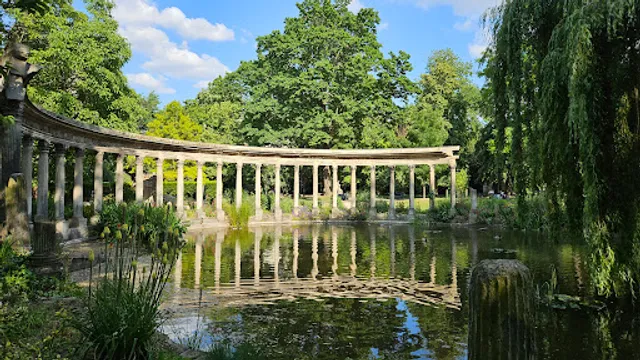
Basic Info
Parc Monceau
75008 Paris, France
4.6(8.8K)
Open 24 hours
Save
spot
spot
Ratings & Description
Info
Outdoor
Relaxation
Scenic
Family friendly
attractions: Musée Cernuschi, Musée Nissim de Camondo, Citéco | Cité de l'Économie, Balançoires, Musée Jacquemart-André, Pagoda Paris, Musée Jean-Jacques Henner, Hotel Gaillard, Hôtel Menier, jardin de la Lituanie, restaurants: Magnum 150cl, Sergent Garcia, Valois, Le Camondo, Autana, Rimal Paris: L'Atelier, Inform Café, Bistrot Monceau, Lino Ristorante, Le Phalsbourg
 Learn more insights from Wanderboat AI.
Learn more insights from Wanderboat AI.Website
paris.fr
Plan your stay

Pet-friendly Hotels in Paris
Find a cozy hotel nearby and make it a full experience.

Affordable Hotels in Paris
Find a cozy hotel nearby and make it a full experience.

The Coolest Hotels You Haven't Heard Of (Yet)
Find a cozy hotel nearby and make it a full experience.

Trending Stays Worth the Hype in Paris
Find a cozy hotel nearby and make it a full experience.
Reviews
Nearby attractions of Parc Monceau
Musée Cernuschi
Musée Nissim de Camondo
Citéco | Cité de l'Économie
Balançoires
Musée Jacquemart-André
Pagoda Paris
Musée Jean-Jacques Henner
Hotel Gaillard
Hôtel Menier
jardin de la Lituanie
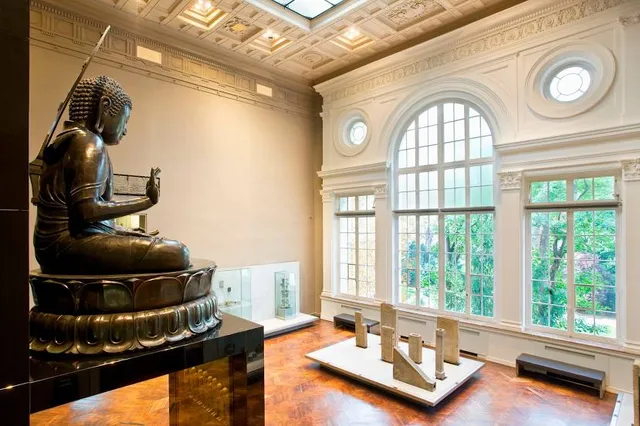
Musée Cernuschi
4.5
(1.2K)
Open 24 hours
Click for details
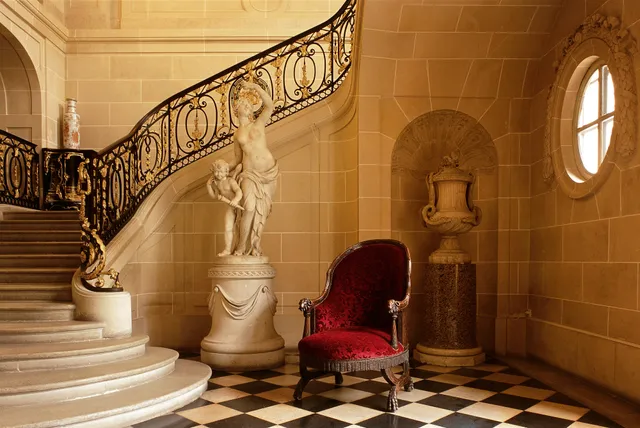
Musée Nissim de Camondo
4.7
(837)
Open 24 hours
Click for details
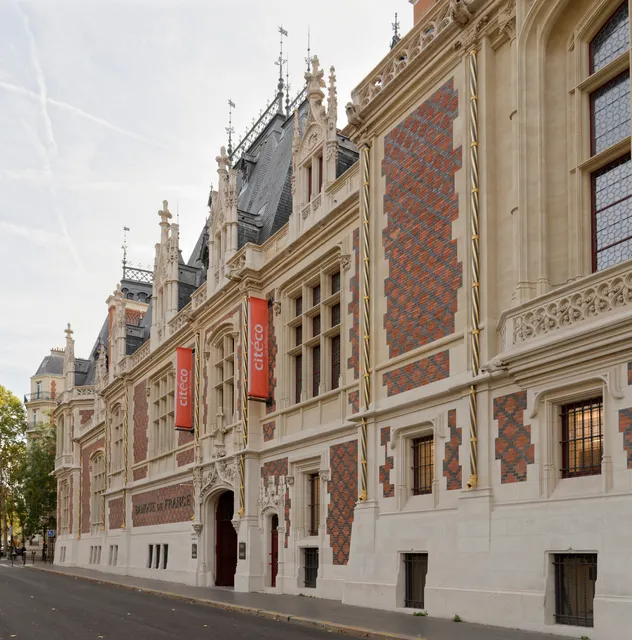
Citéco | Cité de l'Économie
4.7
(578)
Open 24 hours
Click for details
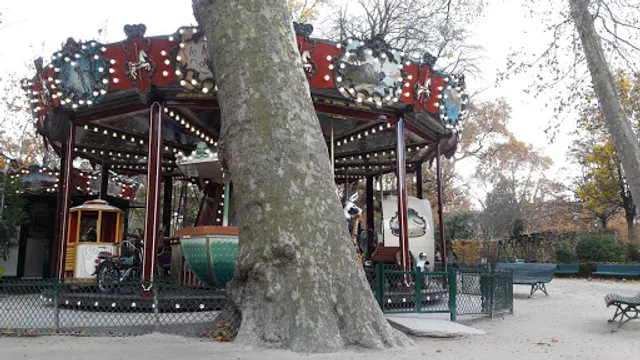
Balançoires
3.7
(22)
Open 24 hours
Click for details
Things to do nearby

Speakeasy secrets: discover Paris’s hidden bars
Tue, Dec 23 • 6:00 PM
75011, Paris, France
View details
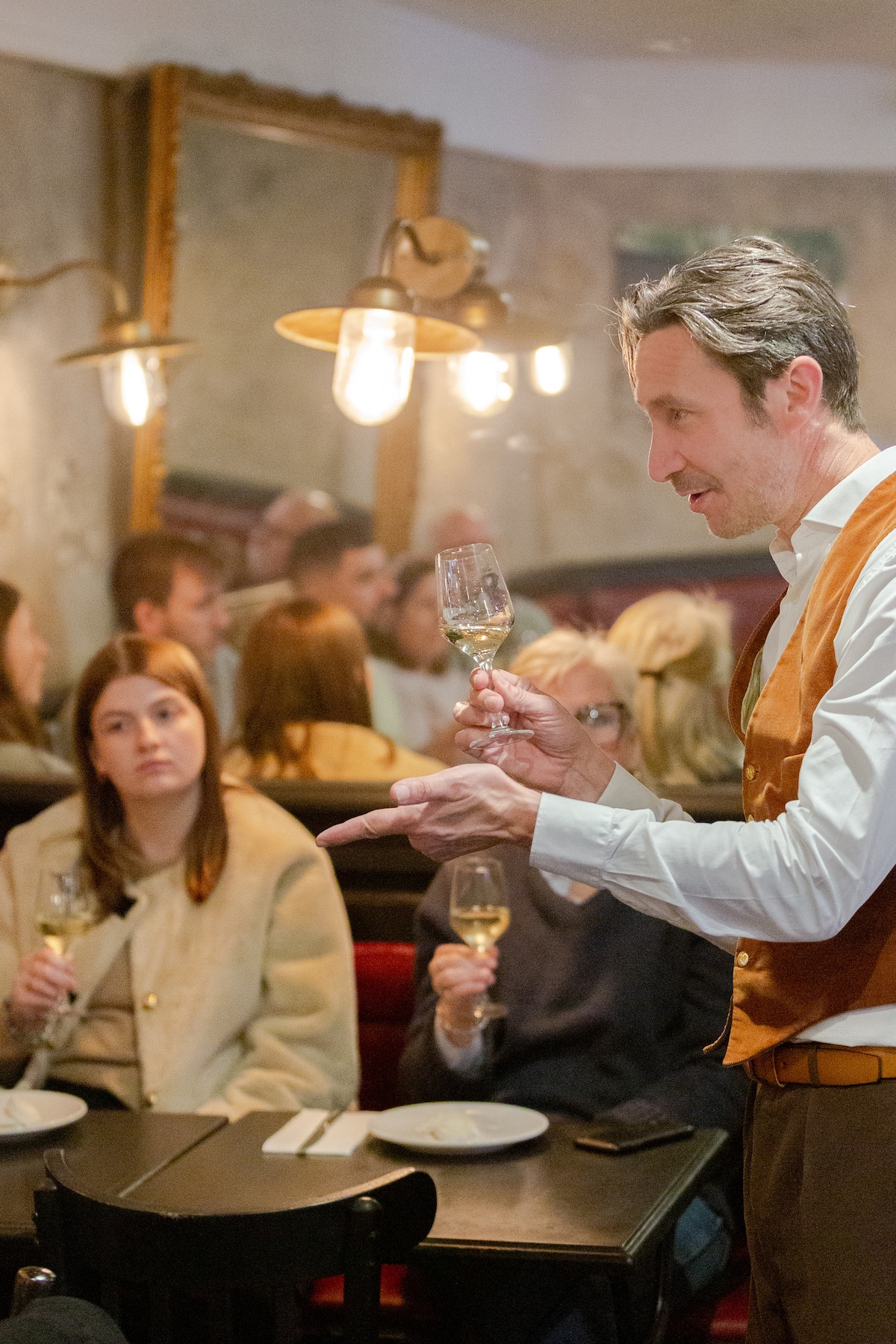
Cheese and wine tasting with Chef Alex
Wed, Dec 24 • 4:00 PM
75005, Paris, France
View details
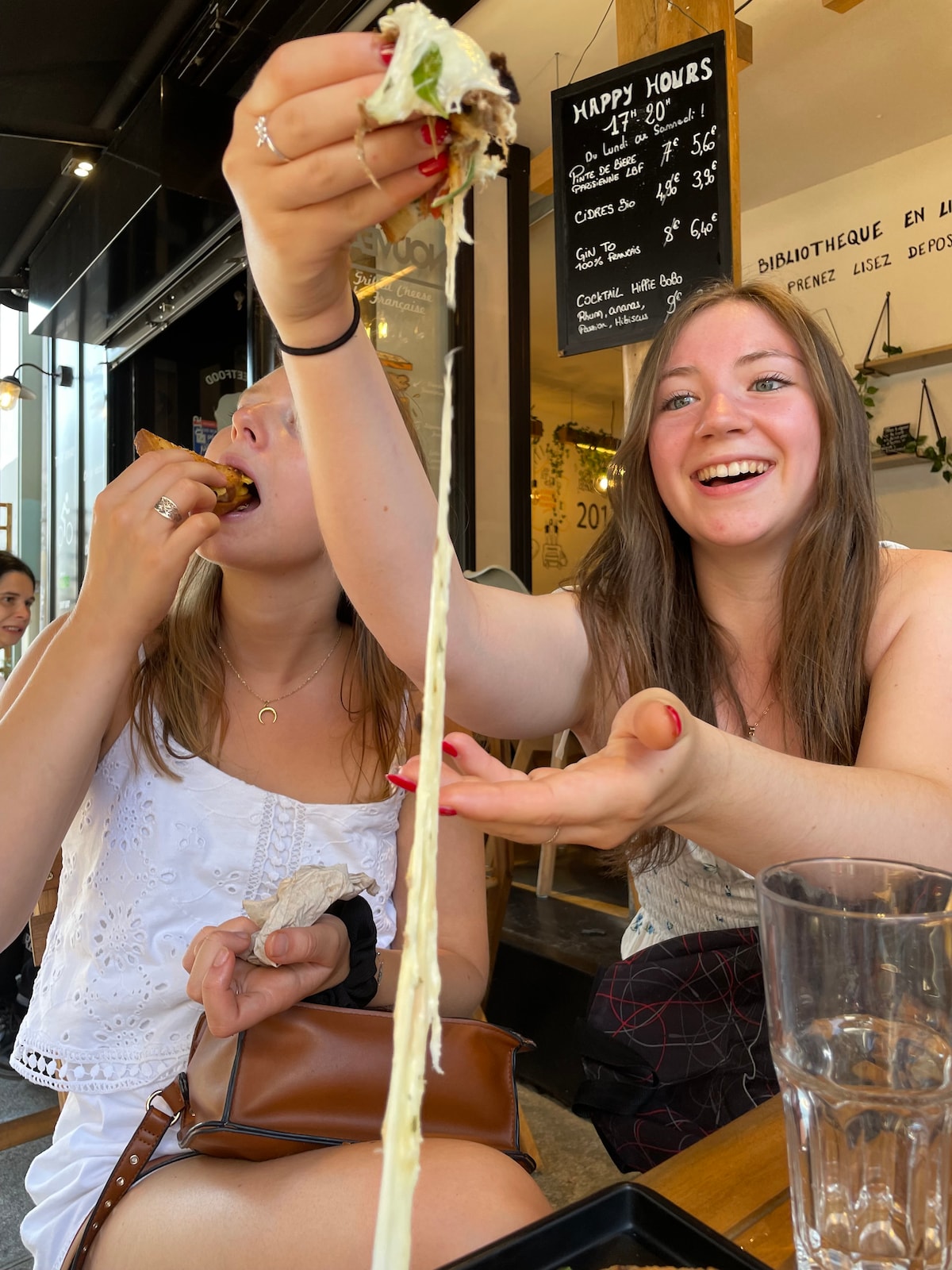
No Diet Club - Unique local food - Canal St Martin
Tue, Dec 23 • 12:00 PM
75010, Paris, France
View details
Nearby restaurants of Parc Monceau
Magnum 150cl
Sergent Garcia
Valois
Le Camondo
Autana
Rimal Paris: L'Atelier
Inform Café
Bistrot Monceau
Lino Ristorante
Le Phalsbourg
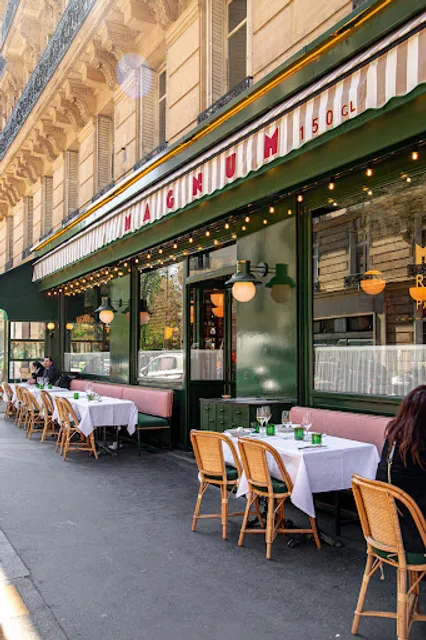
Magnum 150cl
4.7
(695)
Click for details
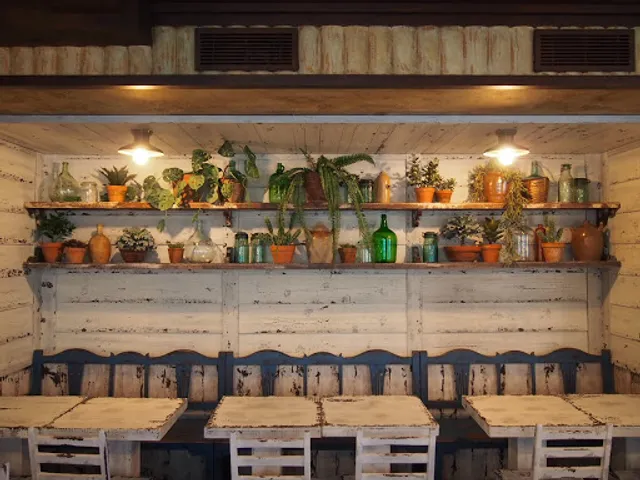
Sergent Garcia
4.8
(663)
Click for details
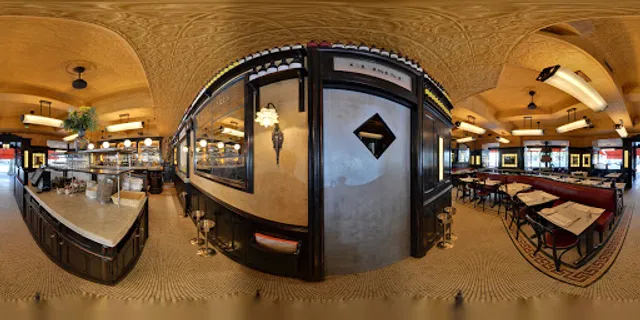
Valois
4.1
(660)
$$
Click for details
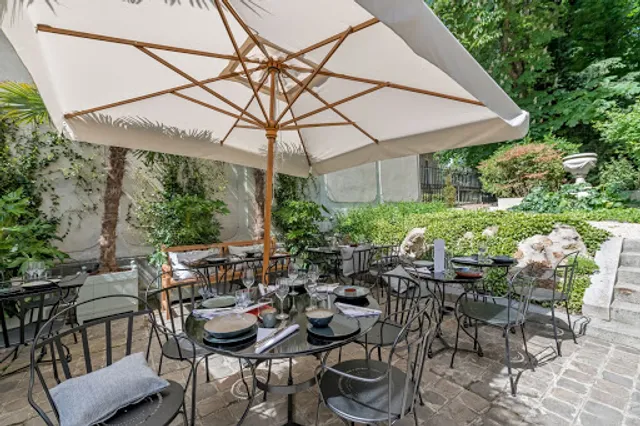
Le Camondo
4.0
(652)
$$$
Click for details







